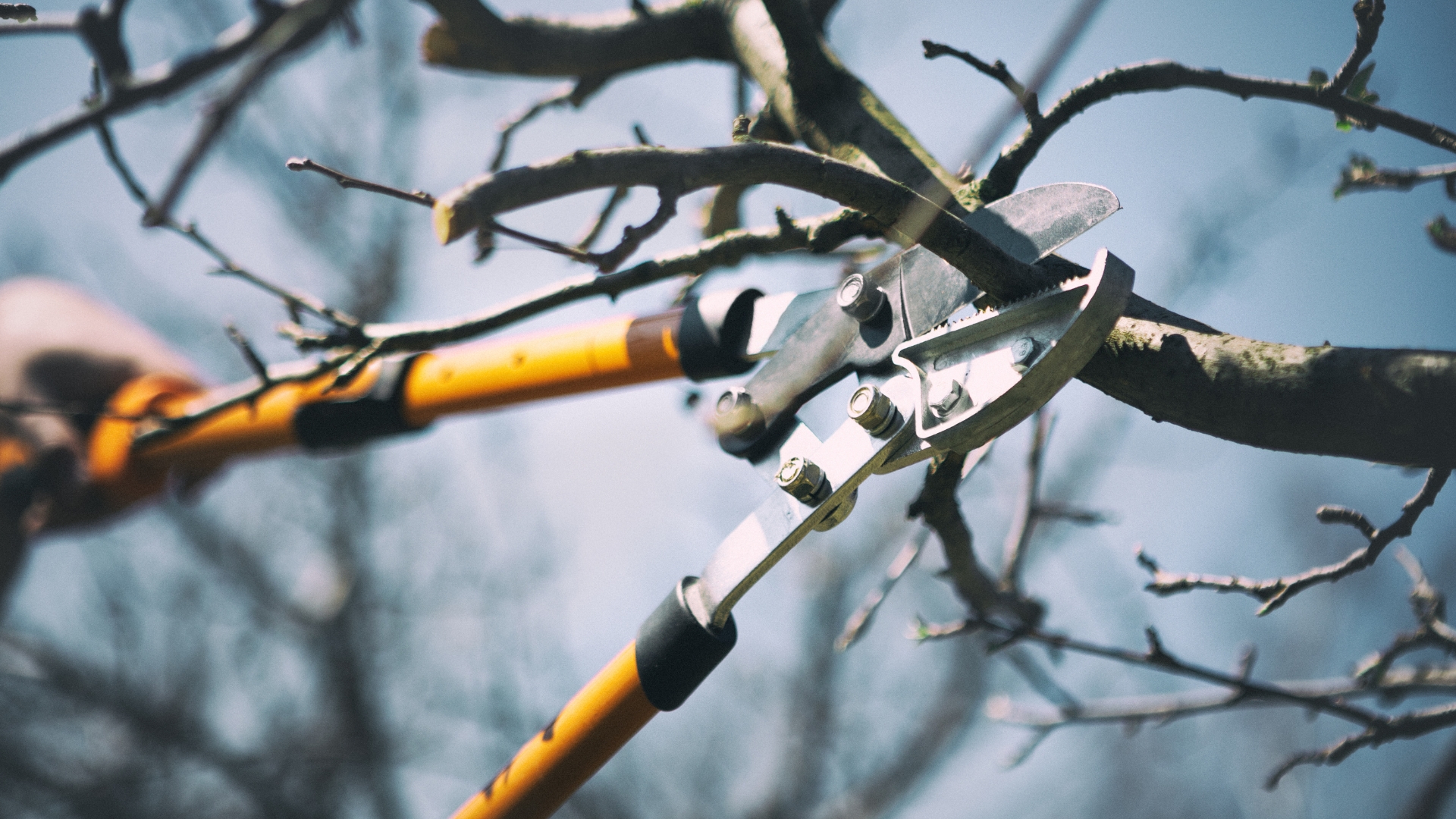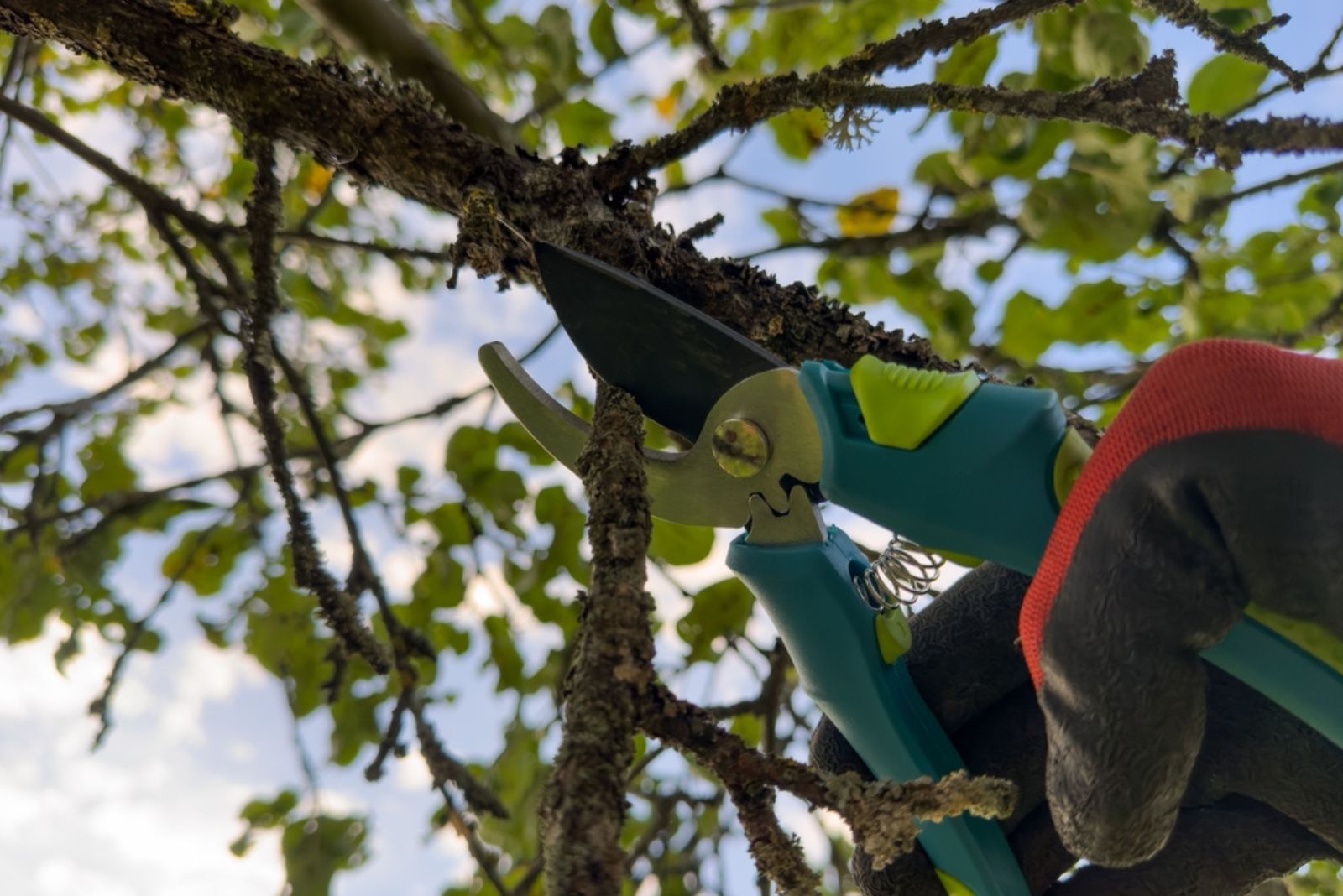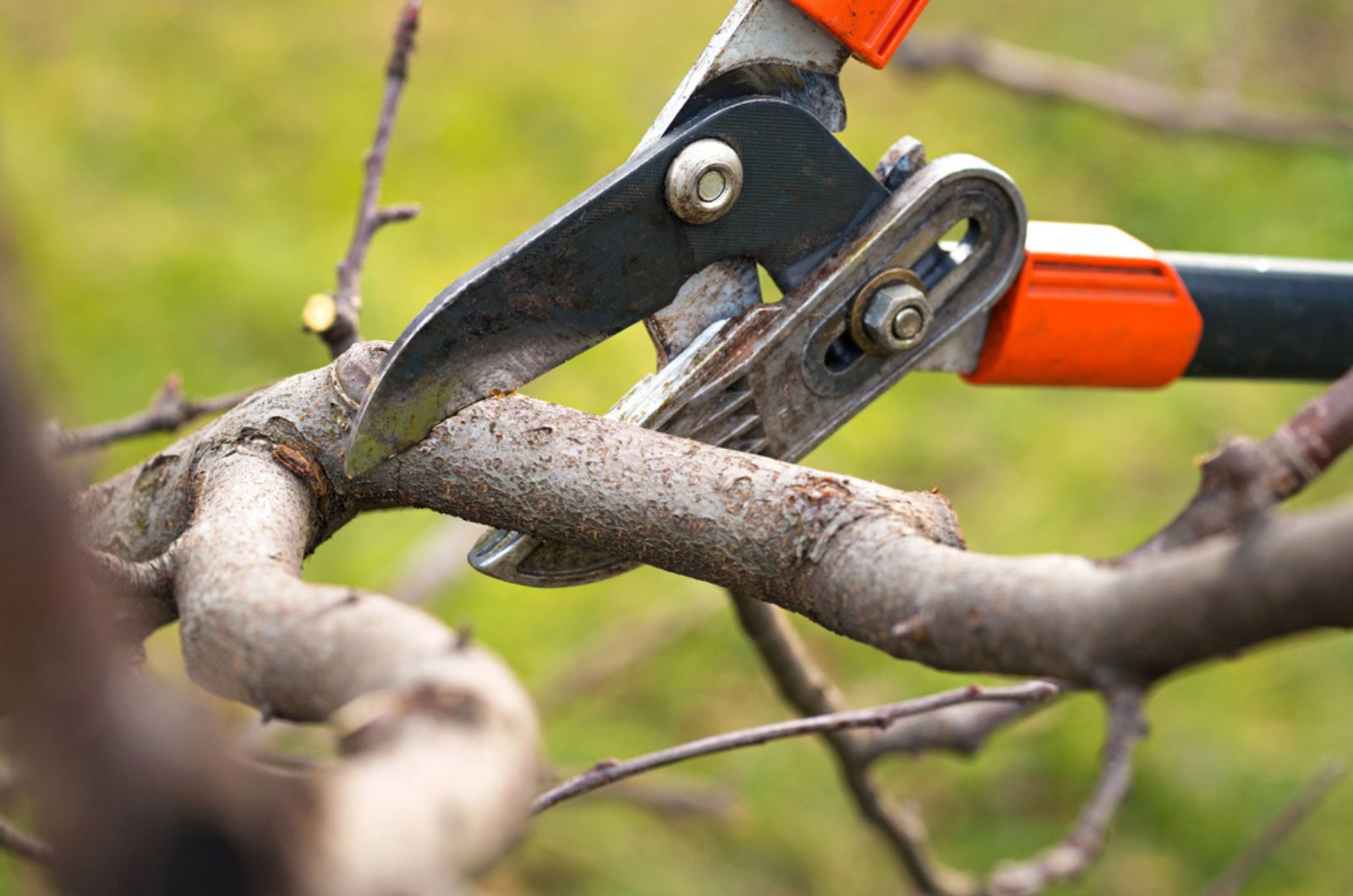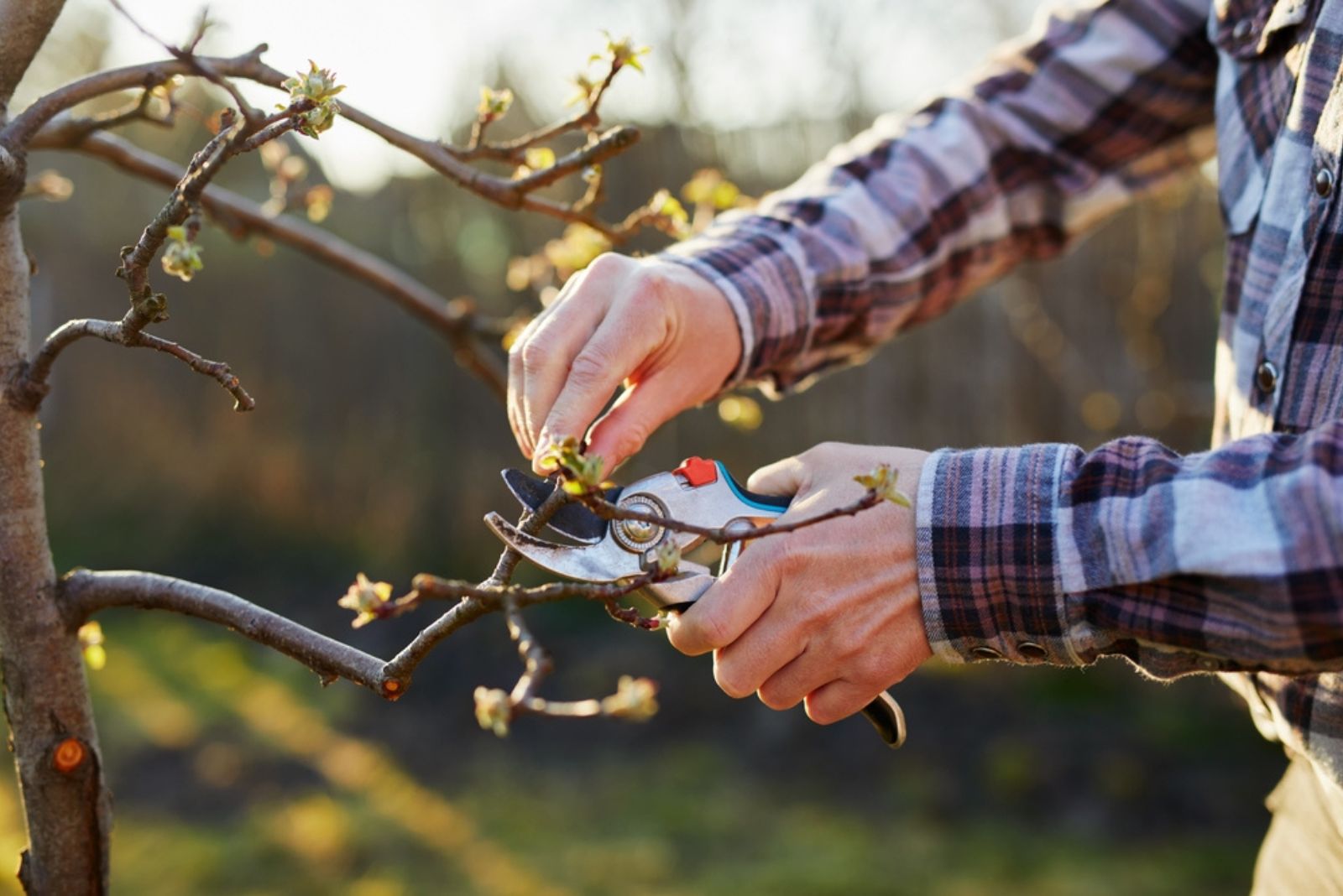Timing is everything when it comes to nurturing your trees, and understanding when to prune is the key to promoting their health and vitality.
If you are dealing with deciduous trees, then you should know that these are pruned during their dormancy stage to avoid stress and possible damage to the tree. If you mess up the pruning timeline, you could end up with a weak tree prone to many pests and diseases.
In this article, we are going to share some tips and help you prune your trees the right way!
What Are The Risks Of Pruning Trees At The Wrong Time?
Pruning trees at the wrong time can lead to numerous issues. For example, if you are growing a flowering tree, then pruning at the wrong time can lead to no flowering at all.
Other issues, such as increased susceptibility to fungal diseases and pest infestation, are also results of bad timing.
Your climate plays an important role in determining the pruning time – always avoid pruning trees in hot summers and cold winters.
You also have to consider the type of tree you are growing. Ornamental trees are often more prone to damage from pruning at the wrong time compared to other trees.
Pruning deciduous trees too early, in late summer or early autumn, may stimulate mild growth. Instead of getting ready for winter dormancy, the tree will focus its energy on developing these new stems.
As a result, the tree’s general hardiness may be compromised and the young stems will be more susceptible to frost damage.
The Worst Time To Prune Trees
We’ve already mentioned that you shouldn’t prune trees during periods of extreme weather. This is because both extreme heat and cold can damage the tree and affect its overall well-being.
A lot of unnecessary stress can set the growth back or it might even lead to the tree completely deteriorating.
An exception is if you live in milder climates, where winter and summers are not as harsh.
If you own a fig tree, then this article might be useful: How To Prune Fig Trees
This Is When You Should Prune Trees
So, when is the best time to prune trees?
This might vary based on the type of tree you are growing – deciduous leaves lose their leaves and go completely dormant, unlike evergreen trees that don’t go through many changes during the winter months.
Pruning deciduous trees should be done in the late winter or early spring. Evergreens can also be pruned during this period, but the exact pruning time depends on the USDA zones in your region.
If you live in colder climates, then you should wait until spring to prune your evergreen trees because they might be harmed by winter pruning.
Flowering evergreens should be pruned after flowering. Otherwise, wait until the weather gets warmer to prune your trees.
You might like this: 8 Helpful Tips For Landscaping Around Trees With Rocks




